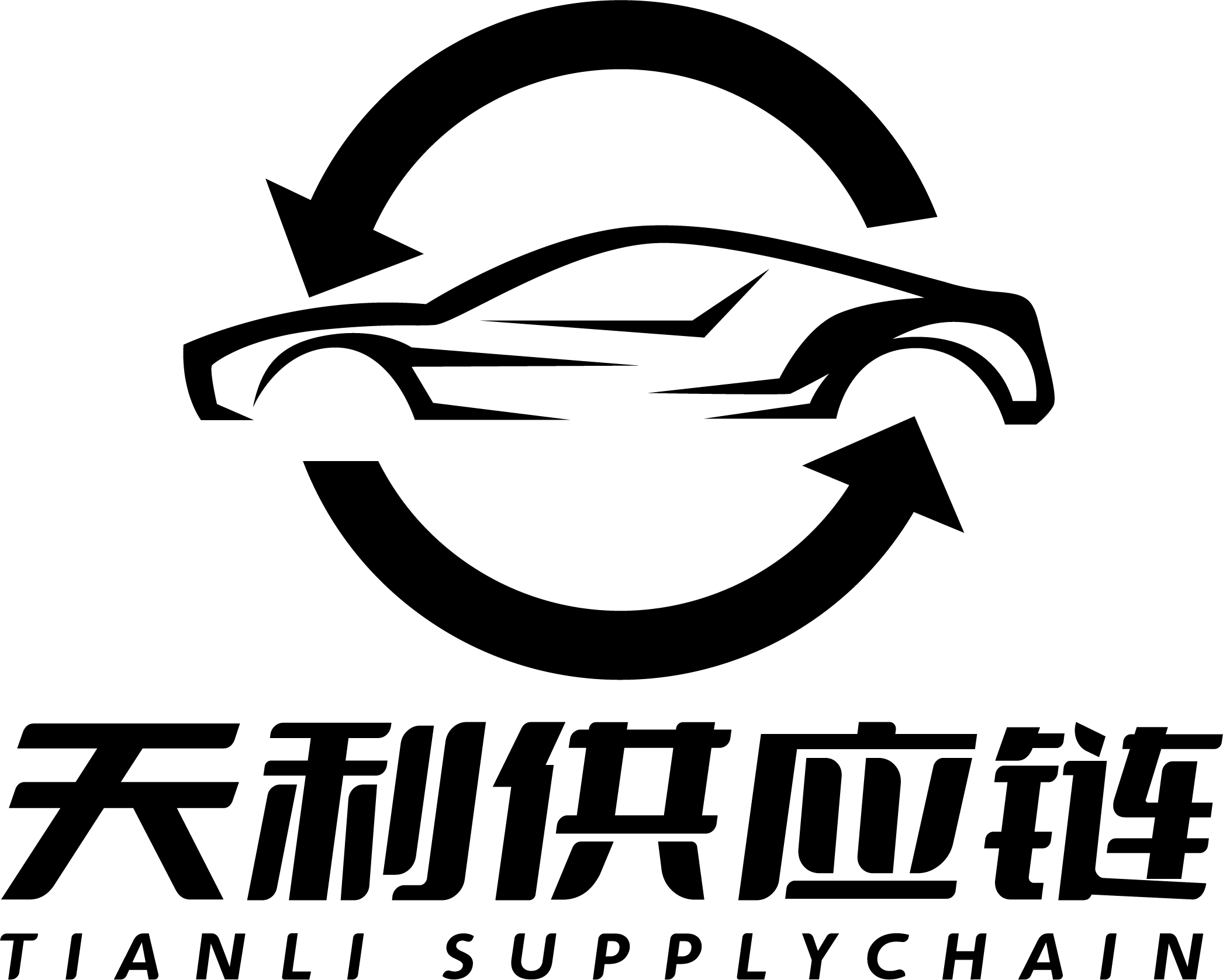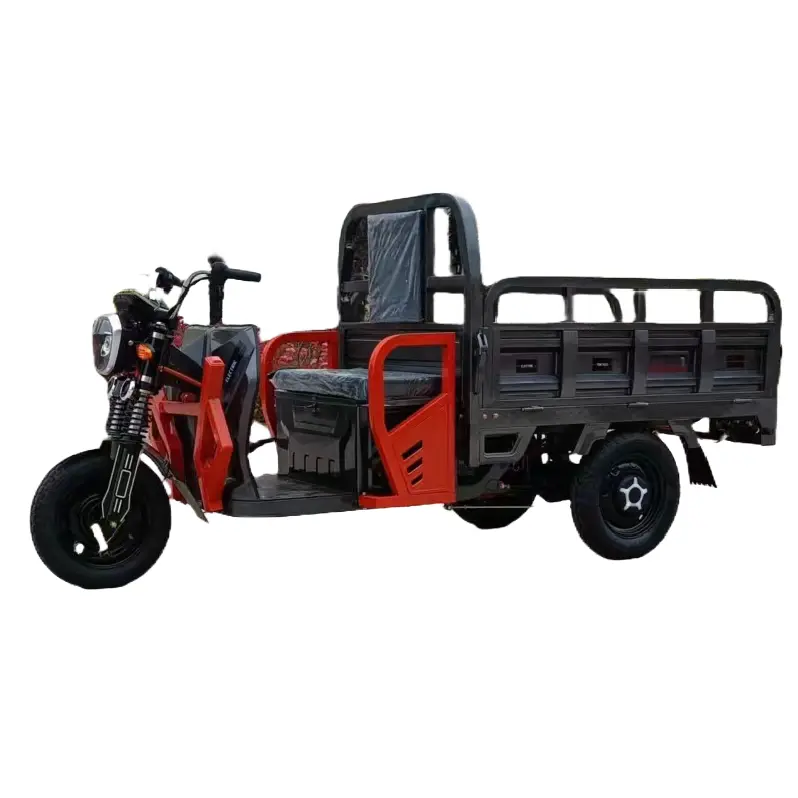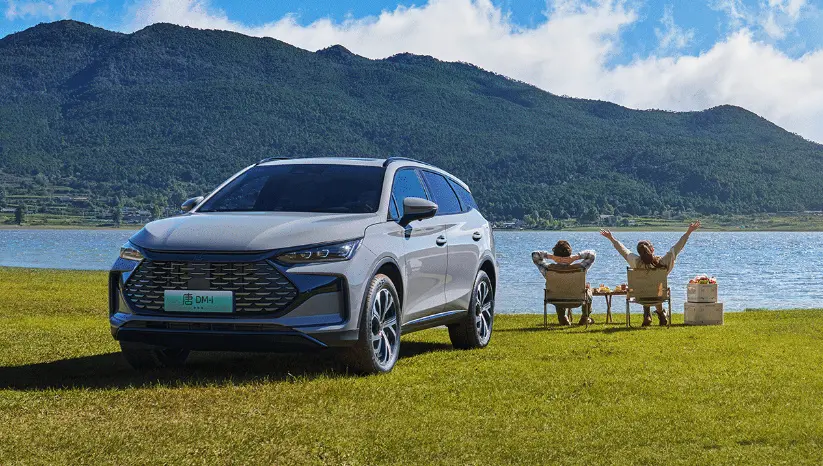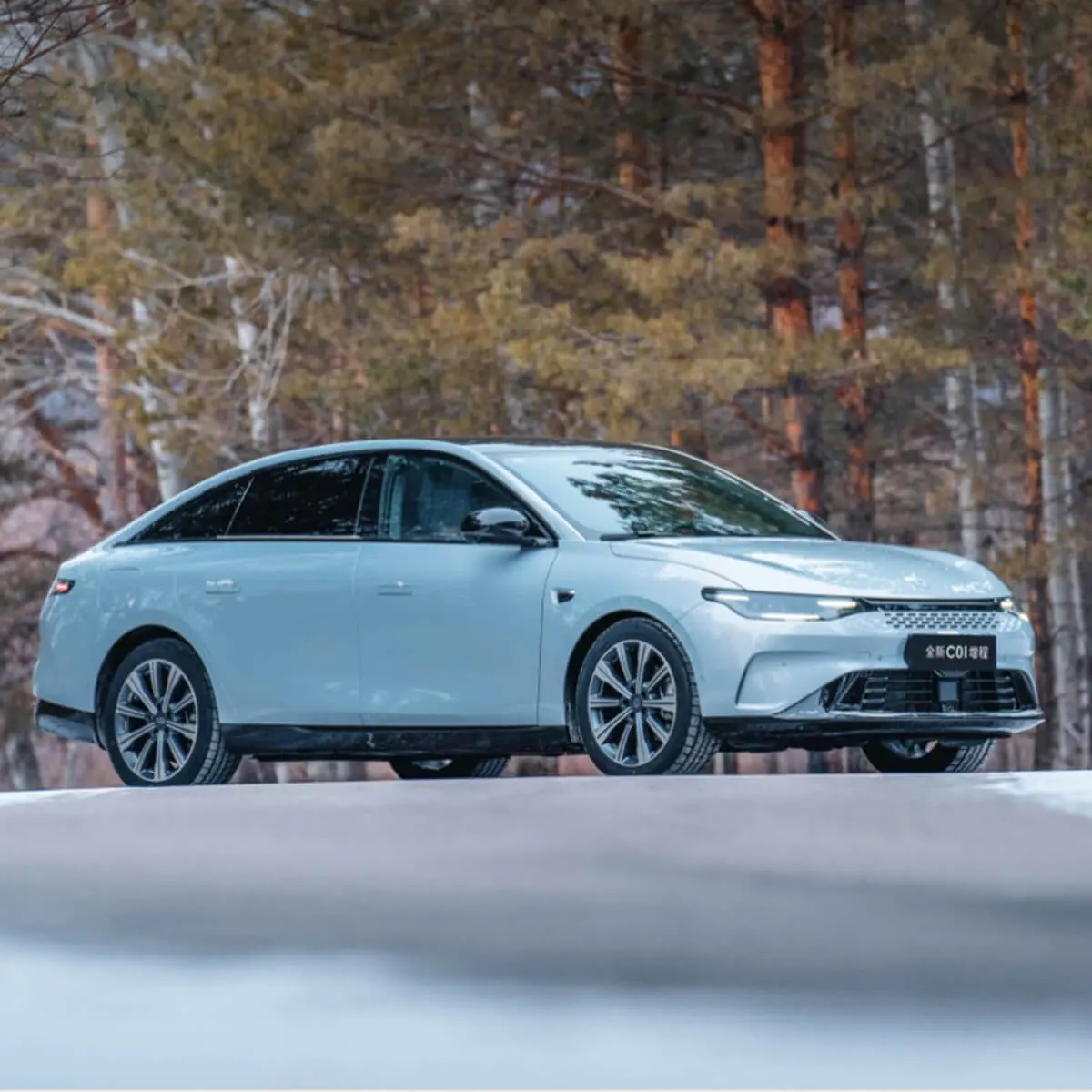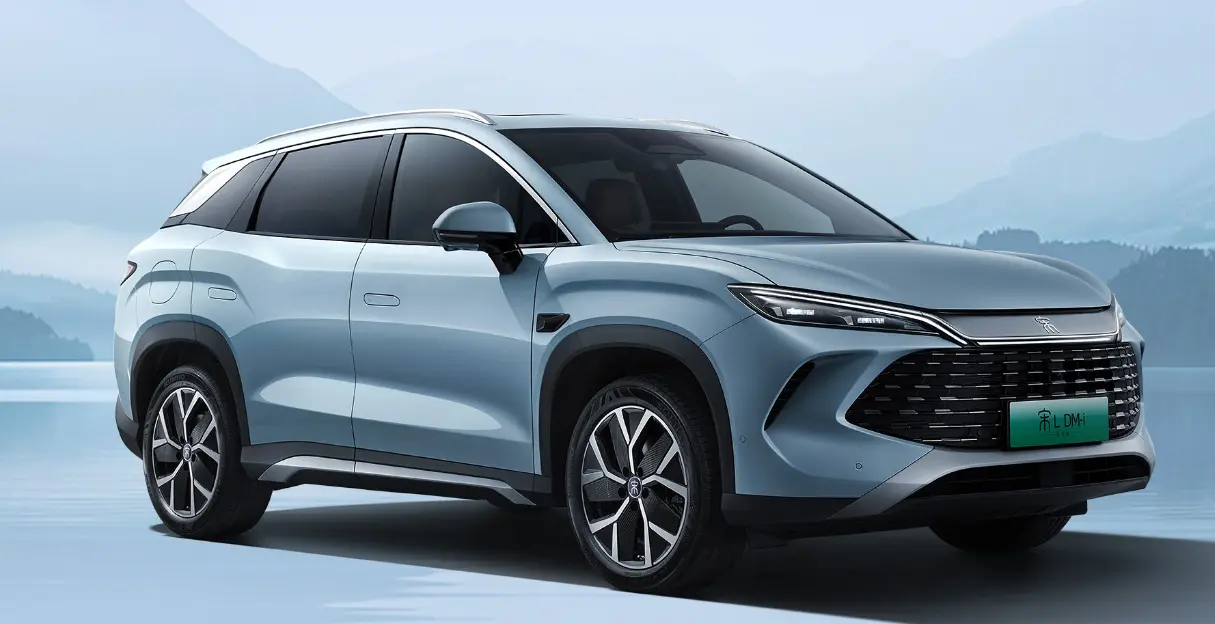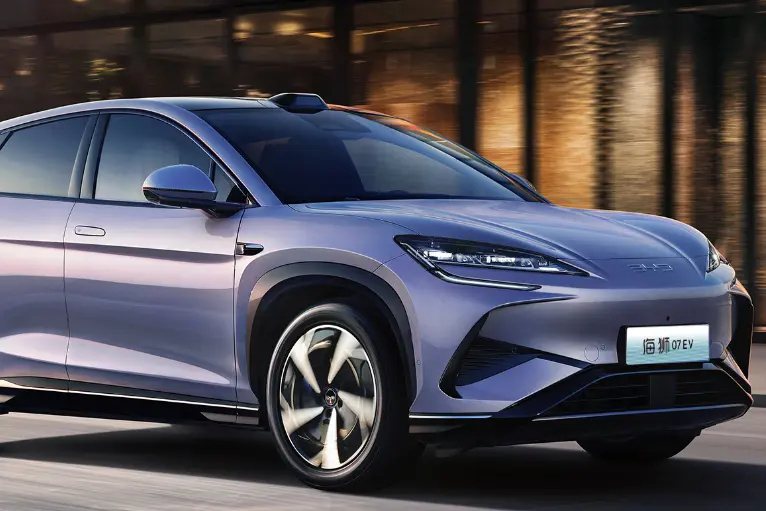0102030405
"The 'New Link' in Energy Ecology: How New Energy Vehicles Connect Future Mobility and Energy"
2025-10-21
Technological breakthroughs support integrated development:
| Chen Qingquan, an academician of the Chinese Academy of Engineering, proposed the "four networks and four flows integration" theory, emphasizing that the energy network, information network, transportation network, and humanistic network need to be deeply coordinated with energy flow, information flow, material flow, and value flow. Based on this concept, Chery Automobile https://www.supplychainauto.com/launched the "Xunlong Second Charge" network-constructing ultra-fast charging and energy supplement system, which realizes efficient energy supplement of 500 kilometers of charging in 5 minutes. At the same time, it provides damping characteristics and rotational inertia support for the power grid through AI scheduling technology, achieving friendly interaction between vehicles and the network. The R290 refrigerant thermal management system developed by the team of Zhejiang University improves the efficiency of the vehicle energy system through cold storage and heat storage technologies, providing a new energy storage path for vehicle-energy integration. |
Implementation of multi-scenario applications:
| As an important flexible adjustment resource for the power system, vehicle-gridhttps://www.supplychainauto.com/ interaction has received continuous policy support in recent years. Pilot work was launched in 2024, and from the perspective of 30 projects in 9 pilot cities, the conditions for orderly charging are basically in place. Experts suggest that in the short term, we can accelerate the charging and discharging practices in microgrid and virtual power plant scenarios, such as V2B (Vehicle-to-Building) and V2H (Vehicle-to-Home) business models, which are easy to establish and have low grid-connection safety requirements. |
Challenges faced:
| At present, vehicle-energy integration still faces some challenges, such as inconsistent standards. Europe adopts the 15118-20 standard, while there is no consensus on technical routes such as PWM and PLC in China. In addition, the cost of V2G equipment is high, the profit space for operators is small, and the discharge link is still in the incubation period. It is necessary to break through the three major bottlenecks of scale, policy, and standards, and also need to solve problems such as data security and benefit distribution. |  |
